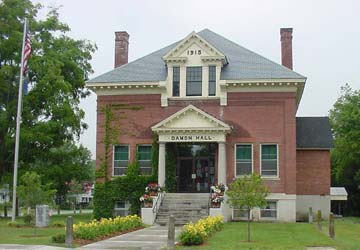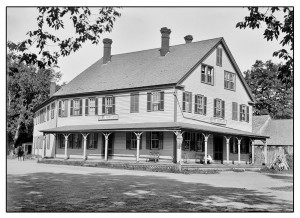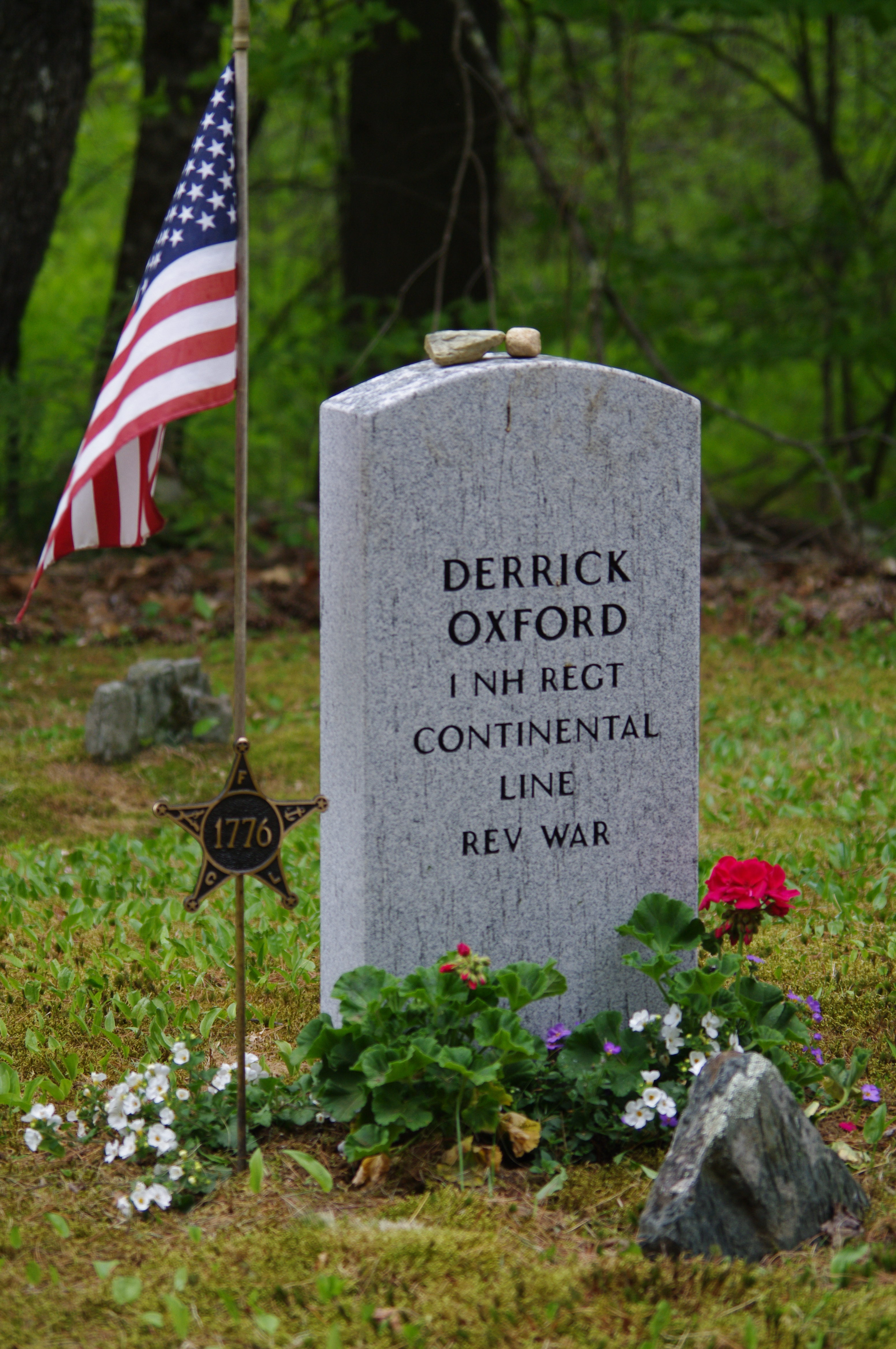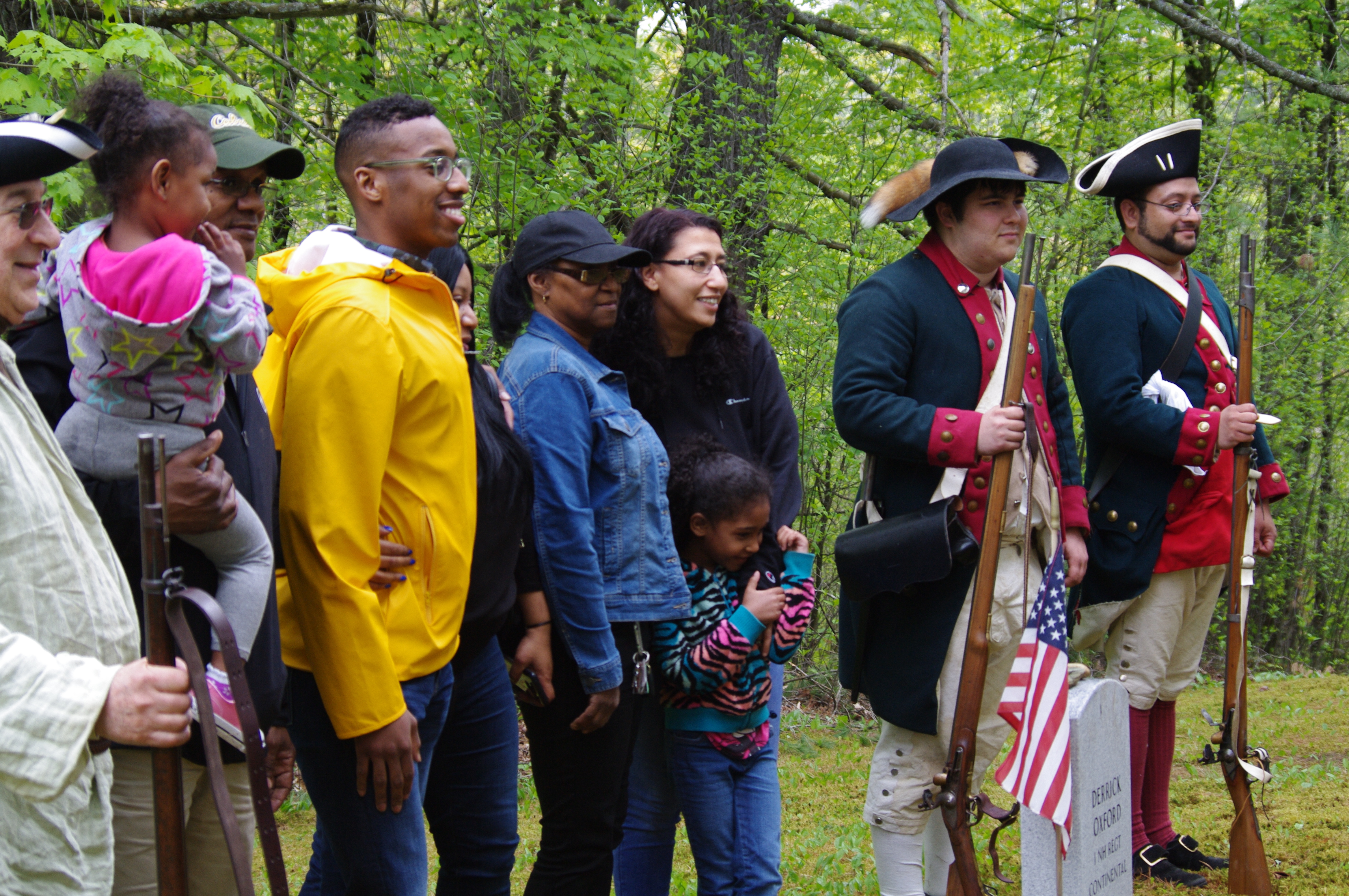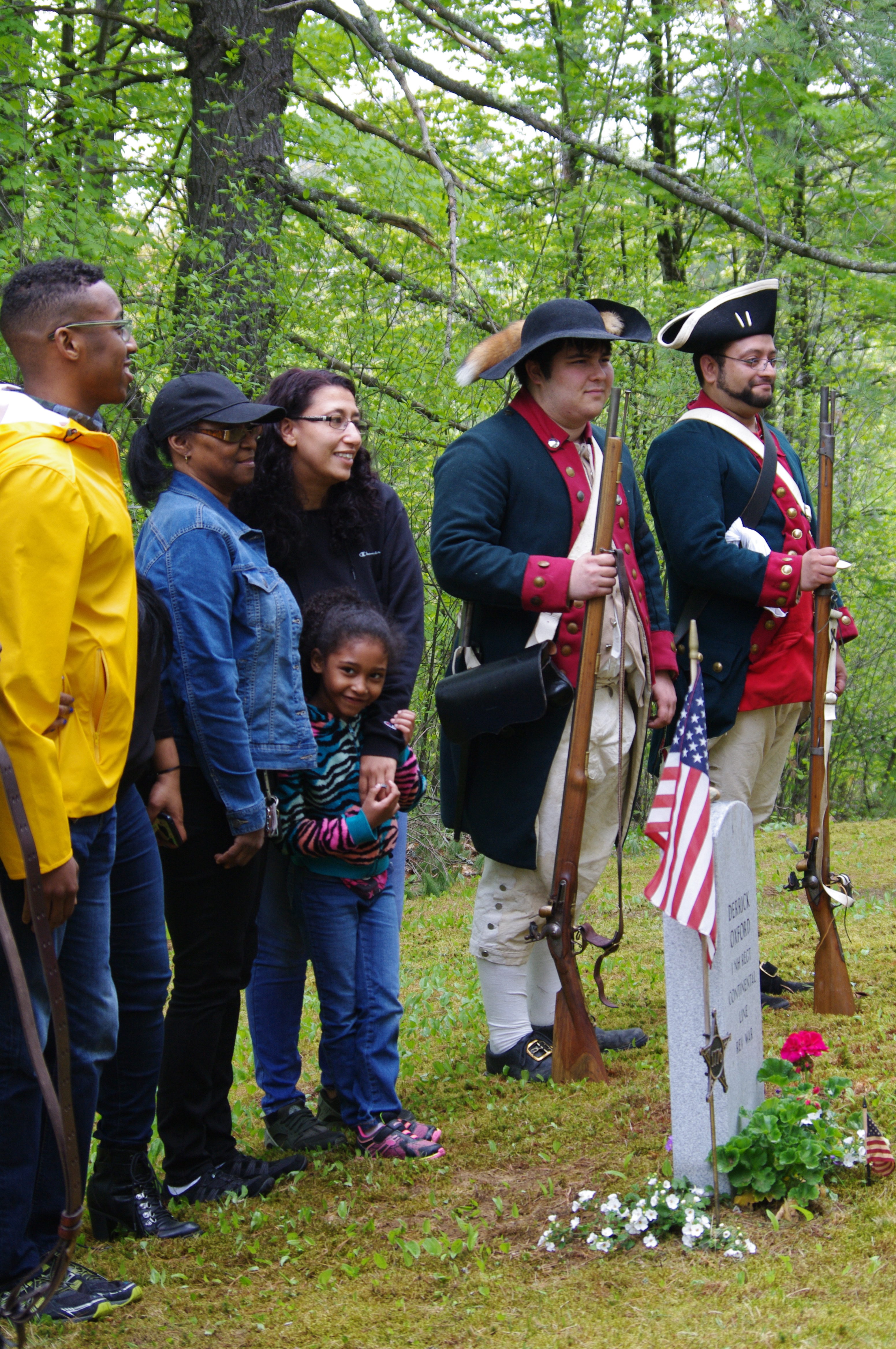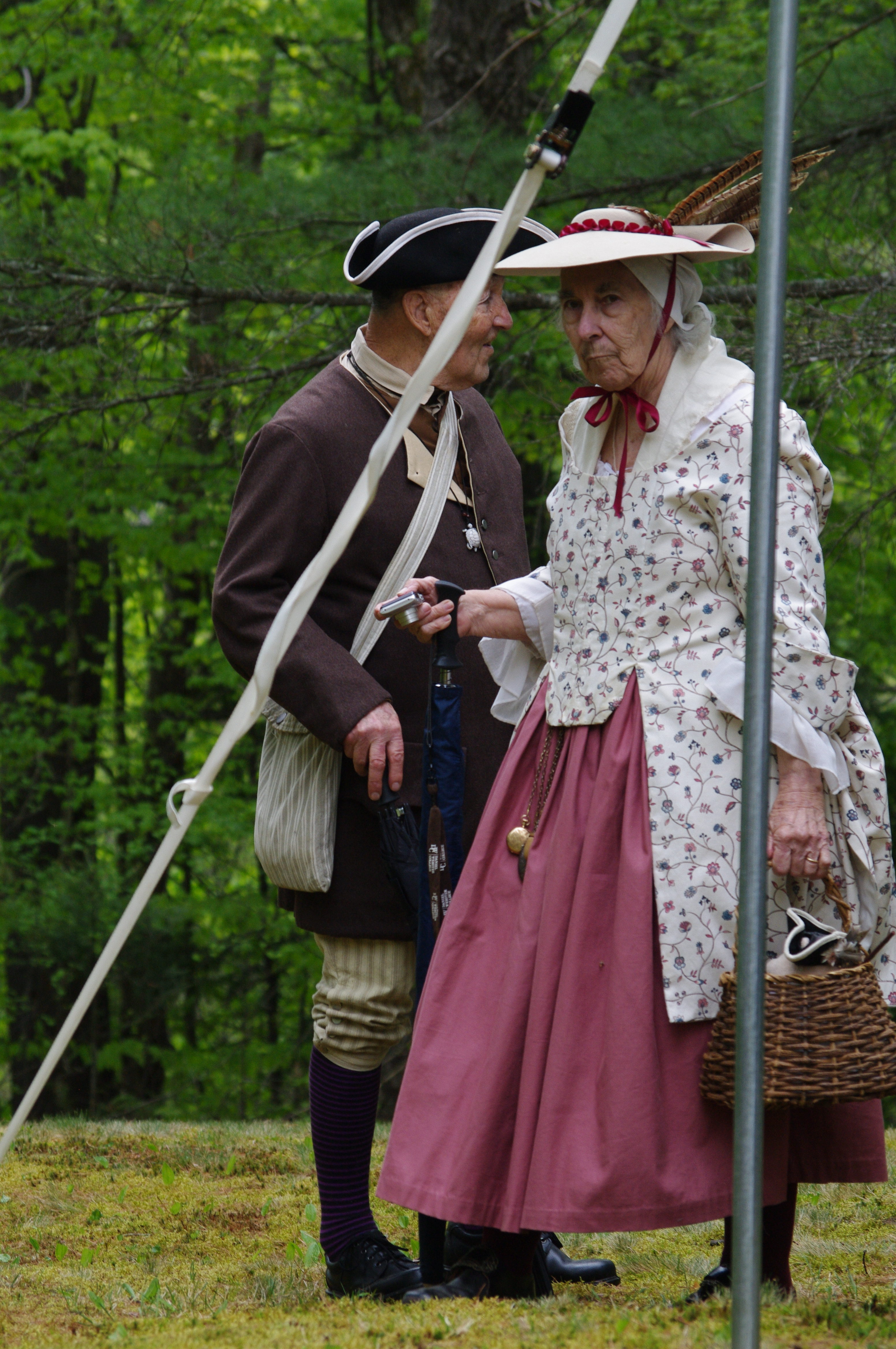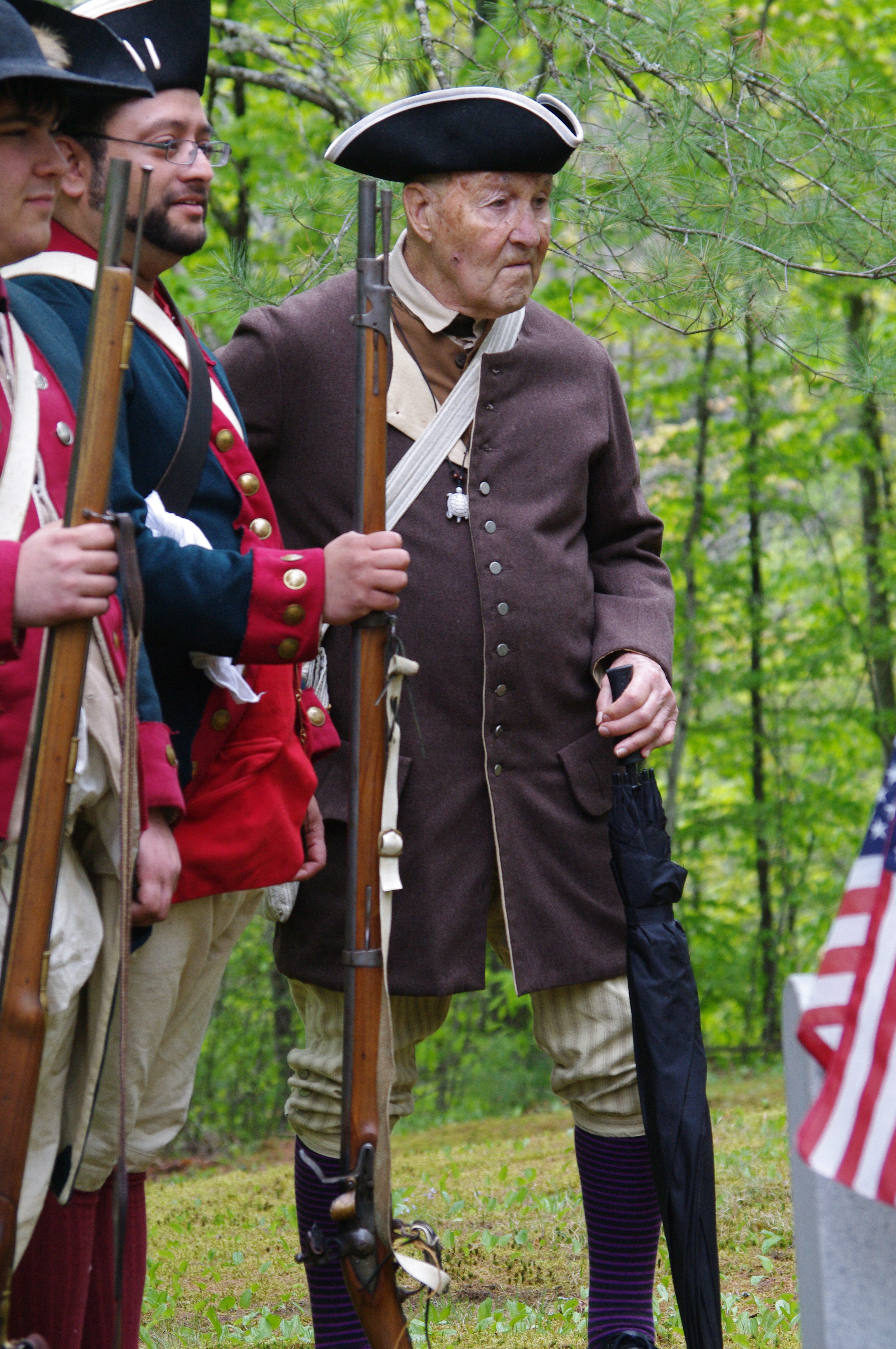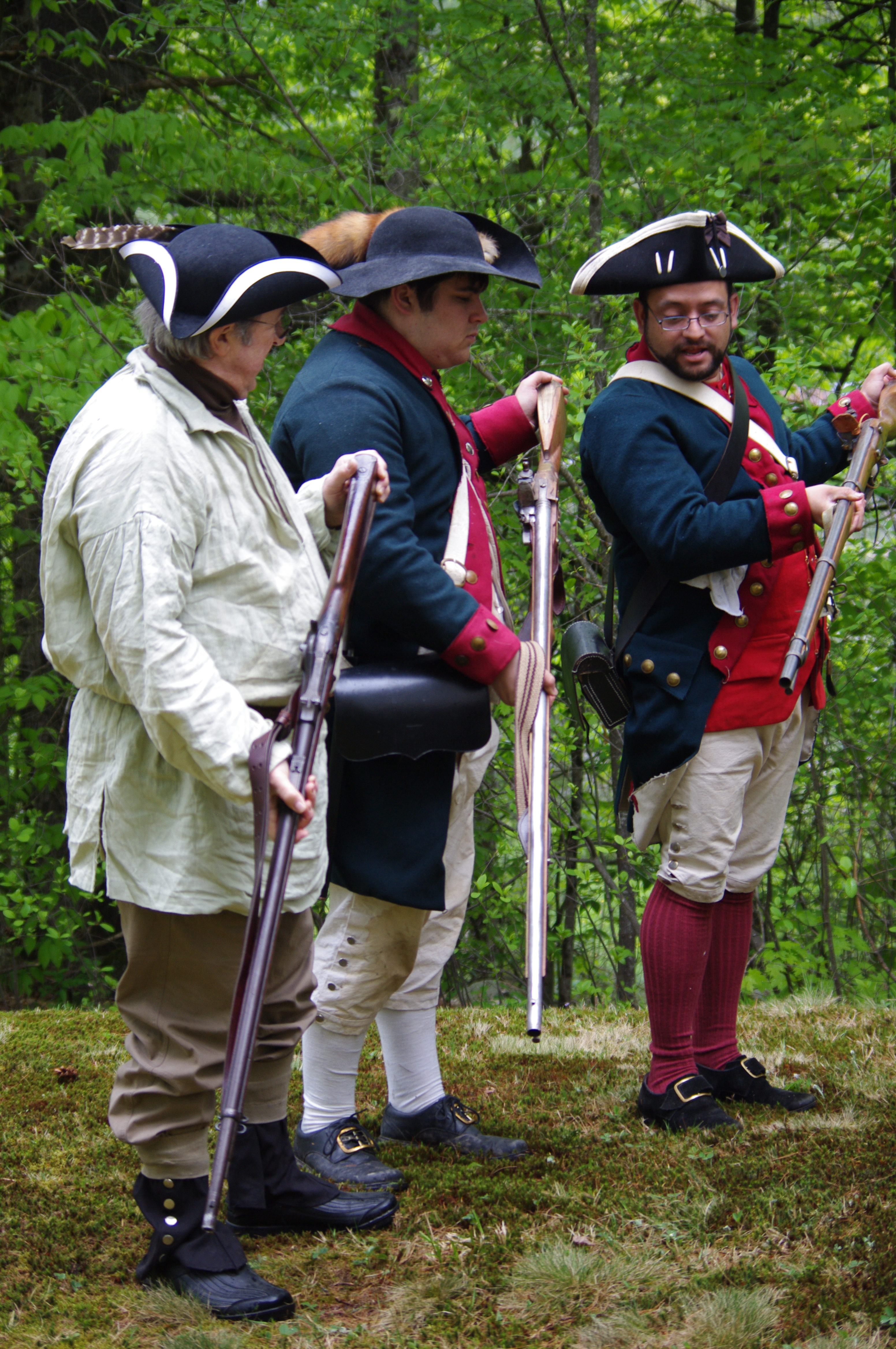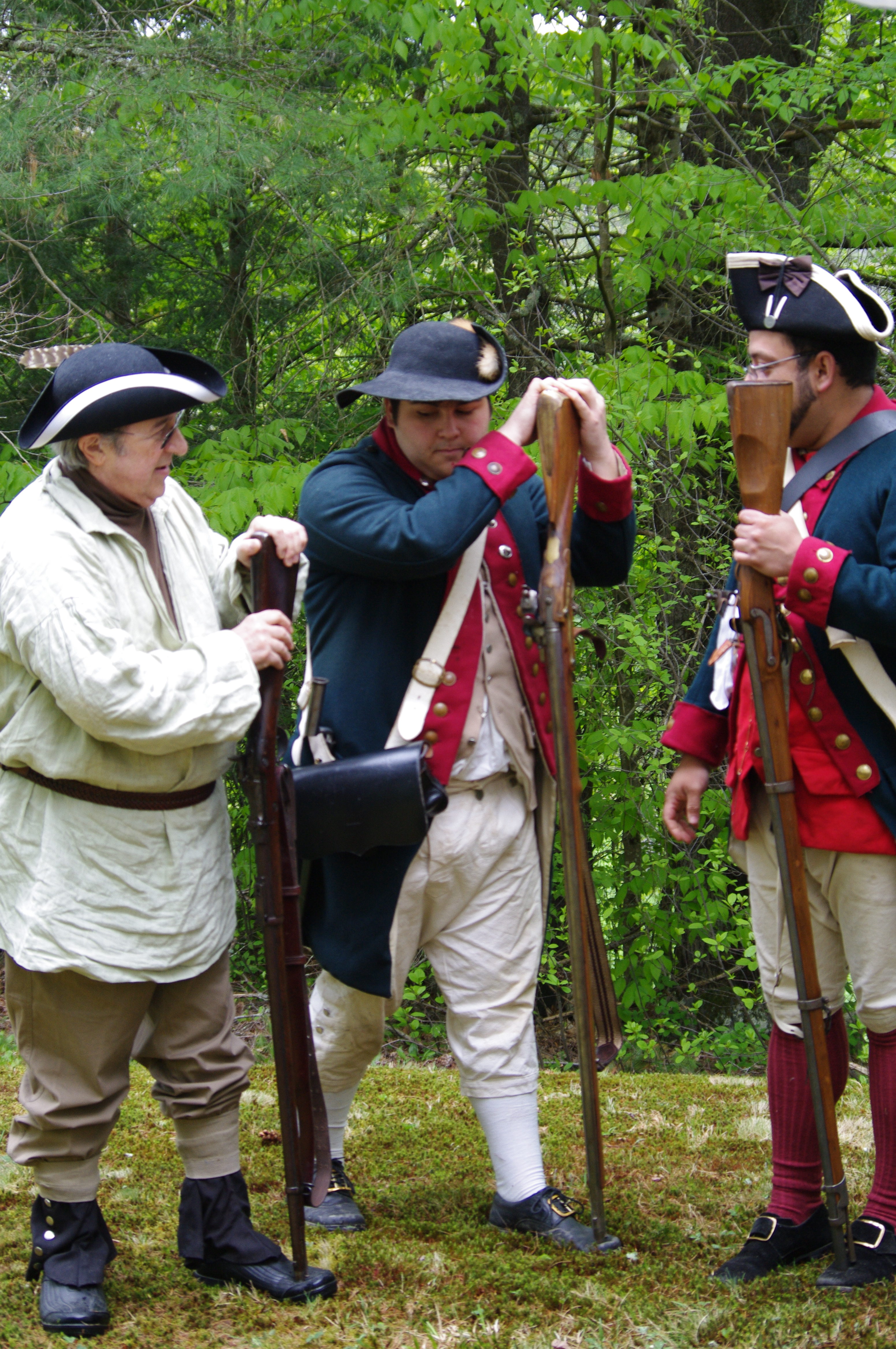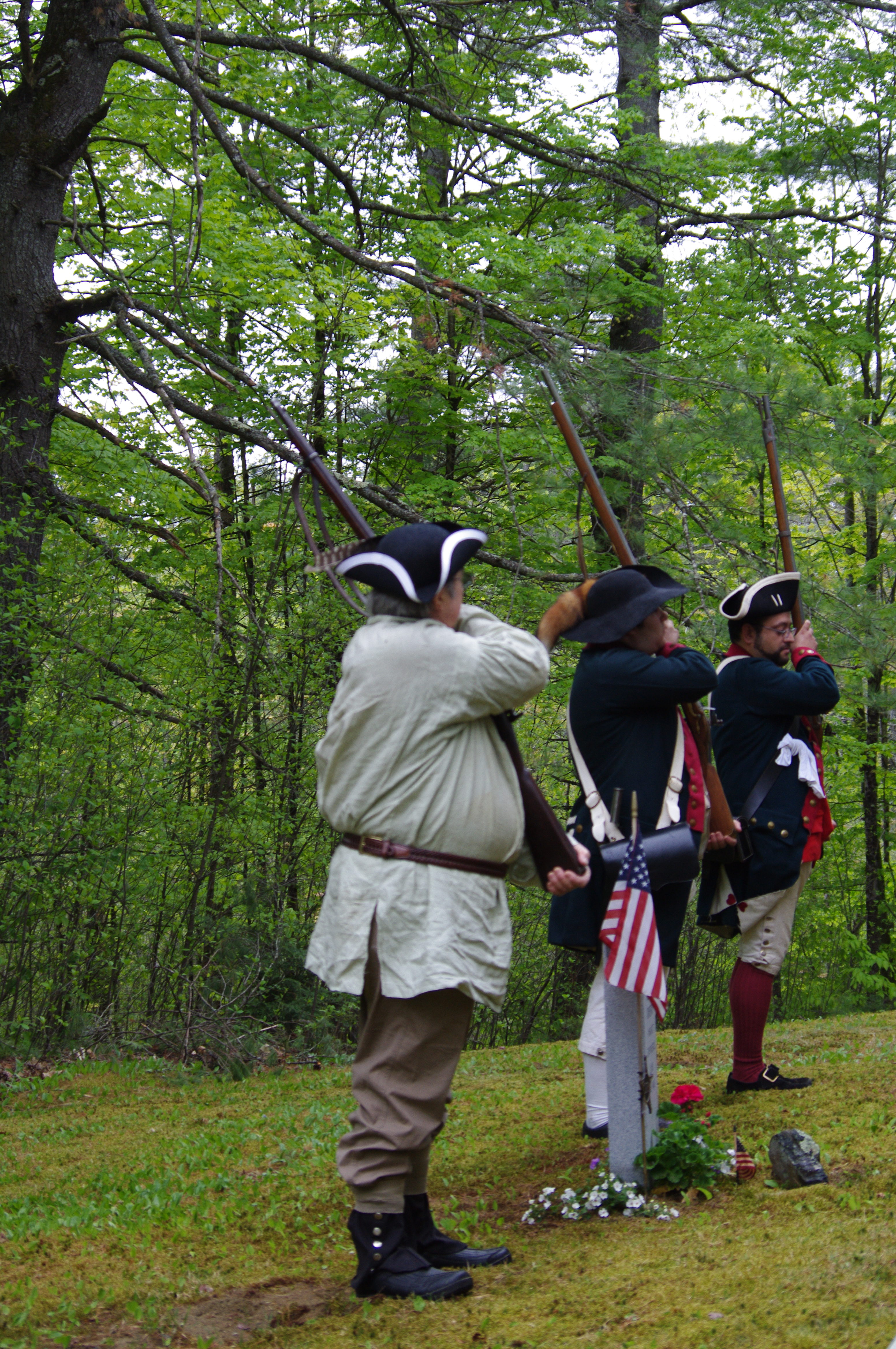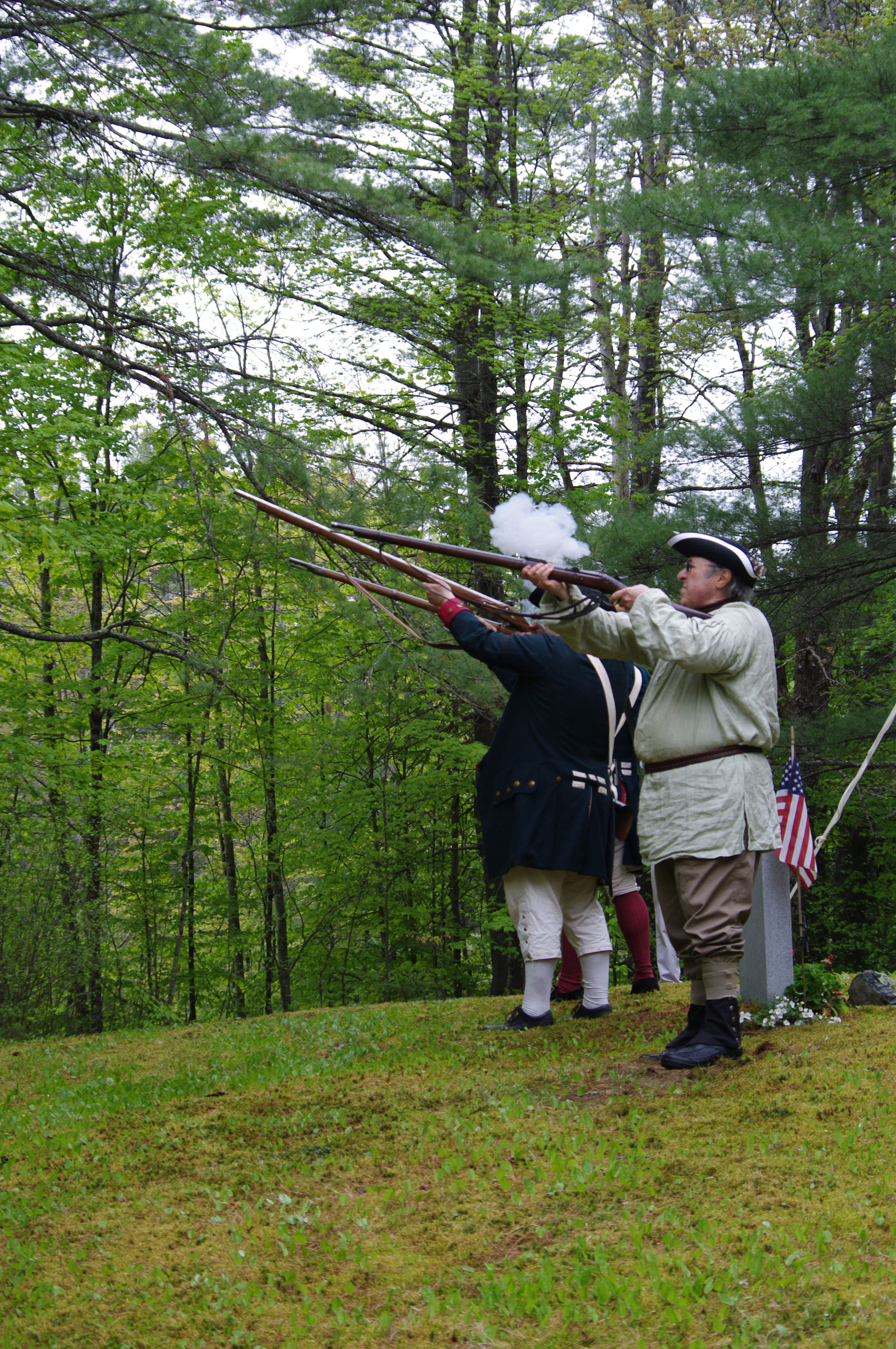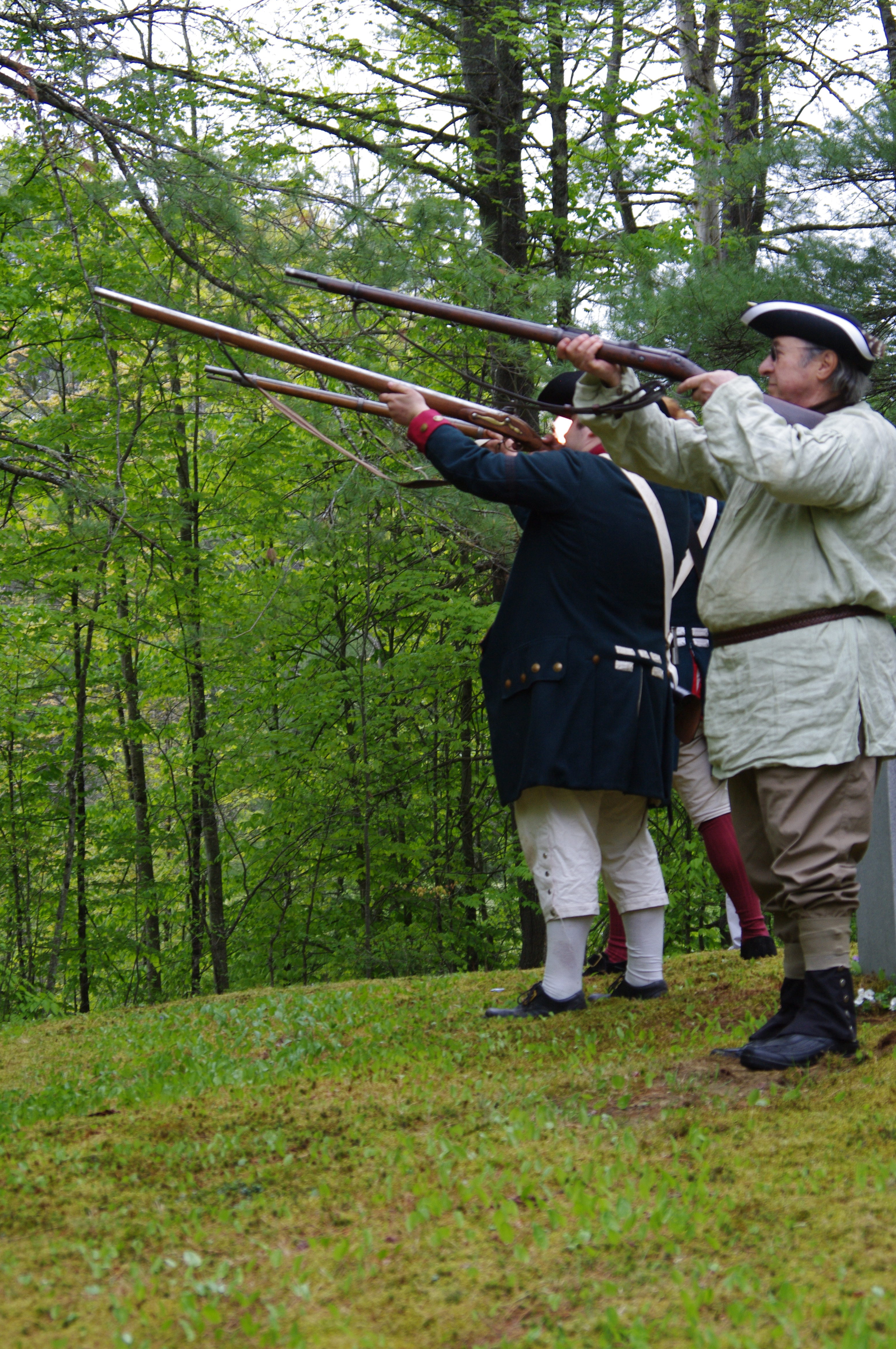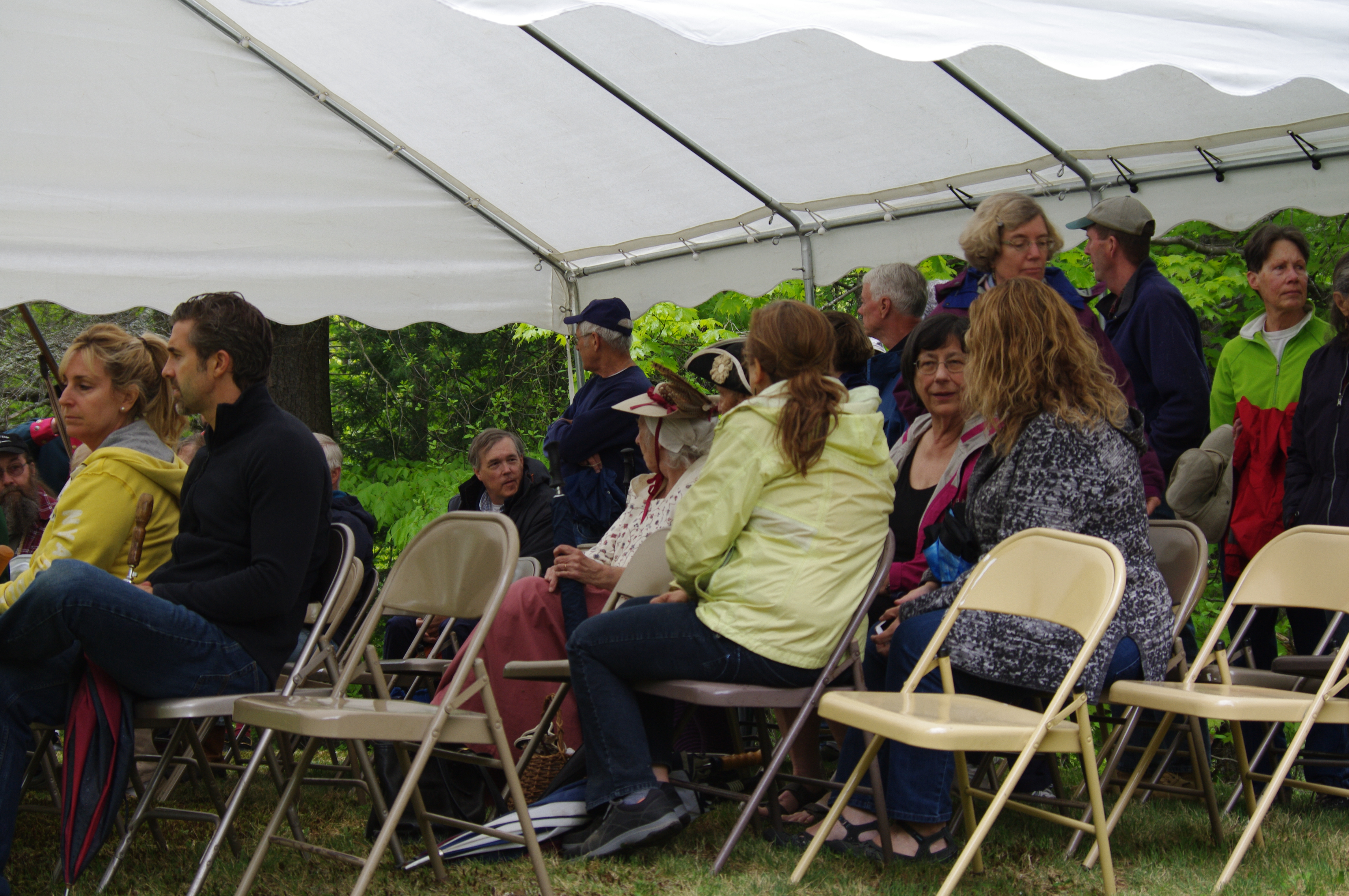Dr. Almon Lull
Almon Lull was born in Hartland in 1804, and died a millionaire in Glen County, California in 1894. His fortune was made from the goldrush although it was said that he did receive some unsolicited assistance in his rise from rags to riches, that assistance coming from a justice of the peace, a deputy sheriff and several constables from Windsor. It was also claimed that at one time his name was mentioned only in whispers by his Vermont relatives, if his name was even mentioned at all.
Little is known of his early life until the early 1830’s when he graduated from the medical college that flourished at that time in nearby Woodstock. According to family tradition he then served as an instructor in medicine at Dartmouth College although there is no trace of this in their records. Either the story is in error or Dartmouth made haste to erase his name from their records, a distinct possibility in light of subsequent events.
In early 1846 Almon arrived in Windsor accompanied by two medical students. There had been a recent burial at the Old South Church, and the three conspirators proceeded to disinter the body, supposedly for use in medical instruction. The operation however took longer than they expected and it was dawn by the time they had finished exhuming the body. Since they felt that it would unwise to risk loading the body into the wagon in daylight, they hid the body under the steps of the church and departed.
The next night they returned to complete their task, but unfortunately for them, the crime had been discovered and the bushes were alive with sheriffs, constables and irate citizens. All three were arrested. The following day the two students were released but Almon, as the ringleader, was dragged before a local justice of the peace. He was bound over for trial at the next session of the County Court at Woodstock and given the choice of spending the intervening months in the county jail or posting a cash bond of $500. His brother somehow managed to come up with the money and Almon was released. He immediately fled and headed West. He signed on as a surgeon for the assault upon Mexico, and then following the war he joined a wagon train of emigrants to California via the ‘Southern Route’. According to family history he is then recorded as being the first settler in the city of Berkeley (see note below).
The gold rush which began in 1849 soon brought swarms of men to San Francisco and it was this that made Almon his fortune. Whilst he himself never dug an ounce of gold, sickness was almost universal and due to the lack of doctors, a brief professional visit reportedly produced a fee of some $30 for just a 10 minute consultation, payable in gold, on the spot. His fortune grew rapidly and he soon became a great capitalist. At one time he reportedly owned all the ferry boats in the bay, thousands of acres of land, great herds of beef cattle and acres of wheat. He built business blocks in San Francisco and Sacramento. He sent recruiters to Windsor and neighboring areas to enlist young men for his various enterprises and many apparently left Vermont on that account.
Towards the end of his life he did in fact return to Windsor, his sudden departure nearly 50 years before apparently long forgotten by the authorities here. He cut an imposing figure with his silk top hat, elegant clothing and a black cane with an enormous gold head.
Surviving relatives in Hartland hoped to inherit some of Almon’s fortune upon his passing but were sadly disappointed. They received notification that they were to receive something and had visions of inheriting large sums of gold. A parcel duly arrived and the family went to the express office to claim their inheritance. It was something of a shock when they were informed that they had to pay $1.50 for express charges. It was a further shock to find that the long slim package they received contained no gold, but only the famous gold-headed cane. Not only that, but the cane was broken and a cabinet maker in Windsor charged another $1.50 to repair it. There was further disappointment when the ‘gold’ head was examined by a jeweler who informed the family that it was actually made of brass lightly plated with gold. The final let down came when it was discovered that the cane was actually entailed and was to be forever passed down to his brother’s oldest living male descendent. Thus the family’s dreams of a great inheritance were ended.
Notes:
This story is based on the recollections of Col. Thomas Lull (1883-1960). Dr. Almon Lull was his great uncle. Almon and Thomas’s grandfather Morris were both sons of Titus Lull (1773-1844) who is buried in the Jenneville Cemetery. I believe that Titus may have been a son of Timothy Lull, an early settler in Hartland who gave his name to Lull Brook. Unfortunately I have been unable to verify this information.
I can find no mention of Almon being associated with Berkeley. However there is a link close to home. According to the Centennial Record of the University of California, “In 1866…at Founders’ Rock, a group of College of California men watched two ships standing out to sea through the Golden Gate. One of them, Frederick Billings, thought of the lines of the Anglo-Irish Anglican Bishop George Berkeley, ‘westward the course of empire takes its way,’ and suggested that the town and college site be named for the eighteenth-century Anglo-Irish philosopher.” Although the philosopher’s name is pronounced “bark-lee”, the pronunciation of the city’s name has evolved to suit American English as “burk-lee”. Frederick Billings is of course associated with Woodstock.
In some versions of the history of Princeton, California it reads –
“Almon Lull, MD, is credited with naming the town and applying for the post office there. He had about fifty signatures on the petition he circulated. Throughout local history writings, it is said Dr. Lull graduated from Princeton University and thus the name. This is not proven, and it doesn’t appear that he attended Princeton or even lived in New Jersey.”
